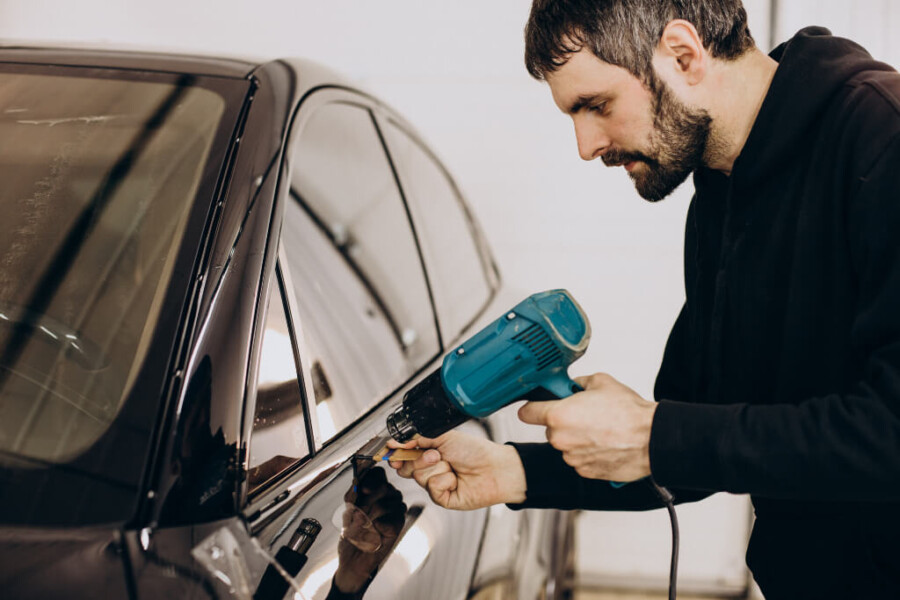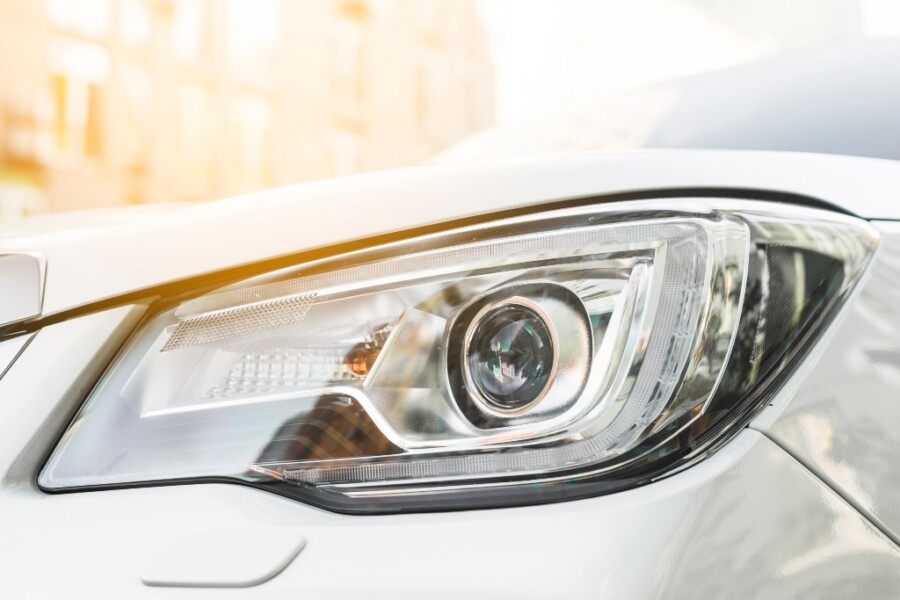The reasons for wanting to tint a car’s windows can be diverse and depend on the user’s preference regarding the percentage of transparency. This implementation can be due to choosing to tint windows for aesthetic purposes, to give your car a sporty and modern look; because you need a replacement if the old films are already deteriorated; or even due to personal care and security issues.
Regarding the above, it is worth emphasising that, when it comes to protection, these films are capable of absorbing up to 99% of ultraviolet rays, as well as considerably reducing the ambient temperature inside during the warmest months of the year. On the other hand, safety is linked to having greater privacy and preventing valuable objects from being seen from outside. Thus, laminated glass is extremely useful for avoiding theft situations.
However, before explaining how the window tinting process works, it is important to take into account some key aspects of applying tint to car windows. First of all, and according to current legislation, it is not permitted to tint the windshield or the side windows on either the driver or passenger side, since the law requires a transparent view for the driver covering a 180° angle.
Step-by-step window tinting process
It should be clarified that the following steps refer to the hypothetical case in which car window tinting is required because the films have worn over time. Let’s take a look:
First, a general cleaning of the glass is carried out, inside and out. Then, using a heat gun — a tool that blows hot air under pressure — the old film is slowly loosened, taking great care not to damage the glass.
The next step will be to create the new templates. At this point, the new film layer is applied from the outside of the windows. The size of the film must be larger than that of the glass, so there is extra material to trim it to the exact size of the glass.
Then, the moulded film that was shaped outside is removed. The film is then lubricated on one side so that it can be moved easily when sticking it to the inside of the glass. It is very important that the interior side of the glass is spotless; otherwise, lint or dust particles may get trapped between the film and the glass.
The last step in the window tinting process is to position the film over the interior glass, smoothing out any remaining ripples with the appropriate squeegee. It’s also important to make sure the film is properly inserted into the gaps in the doors.
Once the process is complete, you’ll be able to enjoy your car’s new tinting! It should be noted that if you go to a glass workshop to tint your car’s windows for the first time, it’s advisable to seek the guidance of industry professionals, such as our specialised team at Ralarsa. This way, you’ll get the best option according to your car’s unique characteristics.
At Ralarsa we’re transparent
In our more than 250 workshops throughout Spain, we offer tinting services with over 20 shades available. However, due to legislation, a fully darkened film cannot be applied, as otherwise the car would not pass the ITV inspection. If done irregularly, the driver risks a fine of up to 150 euros.
Furthermore, it is important that the films have the corresponding approval. This certificate, issued by the manufacturer, proves that the films comply with legal regulations, ensuring your car can circulate without issue. These requirements include having successfully passed fire resistance verification, being able to hold the glass together in the event of an accident, among other safety measures.
Don’t forget to book your appointment for window tinting at your nearest Ralarsa centre. Our professionals will deliver high-quality results so that your car looks renewed and you can enjoy a fresh view to the outside.





